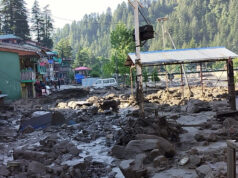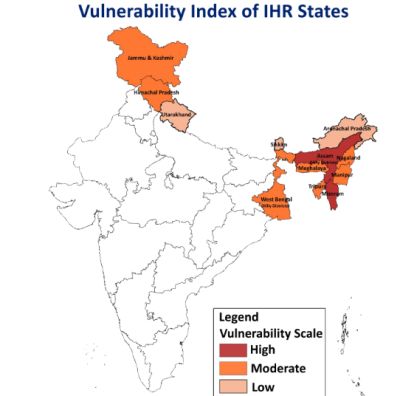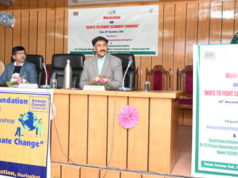Low rainfall zones receive more rainfall, and once-high-rainfall zones receive less
The India Meteorological Department (IMD) has confirmed that climate change is altering the rainfall patterns across the country. While low-rainfall zones like Saurashtra, Kutch and Rajasthan are receiving more rainfall, once-high-rainfall zones like Assam, Meghalaya, Bihar and Jharkhand are receiving less.
This shift in rainfall patterns is attributed to the increase in the moisture-holding capacity of the atmosphere, caused by the rise in temperature due to climate change. IMD Director General of Meteorology, Dr Mrutyunjay Mohapatra, stated that the climate-induced rise in temperature by 1°C has increased the moisture-holding capacity of the atmosphere by 7 per cent.
Dr Ravichandran, Secretary of the Ministry of Earth Sciences, highlighted that the Northeast and west regions were like dipoles in terms of rainfall, with the Northeast being a wet area and the west being a dry area. However, the rainfall pattern is now shifting towards the west from the Northeast. He also noted that Meghalaya, which used to receive the highest rainfall in the country, has been receiving below-normal rainfall since 2001, while Rajasthan has been receiving above-normal rainfall since 2001 during the monsoon.
The shift in rainfall patterns has significant implications for agriculture, water resources and livelihoods across the country. As climate change continues to impact the environment, it is important to take necessary measures to adapt to the changing rainfall patterns and mitigate the effects of climate change.












